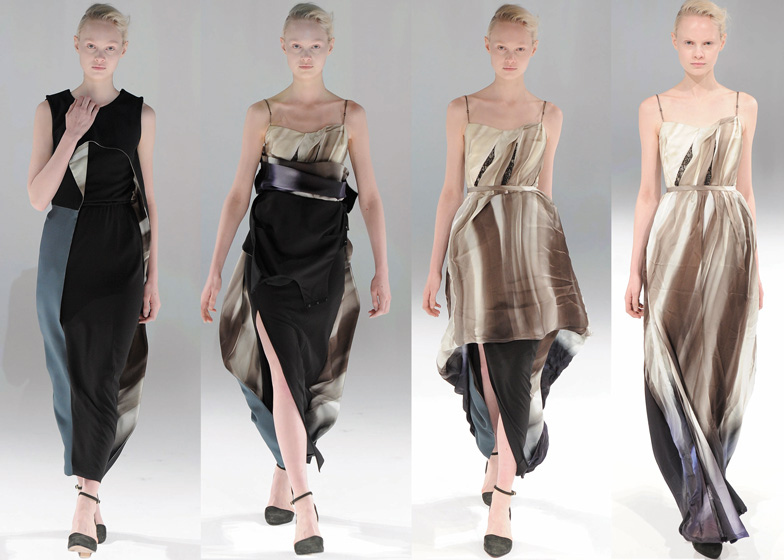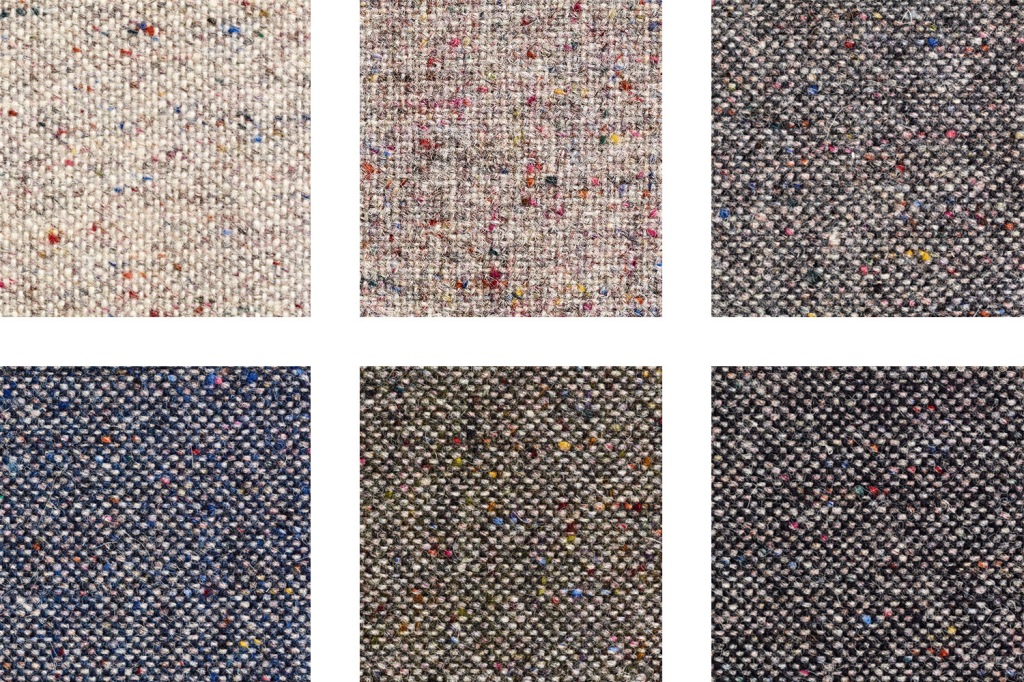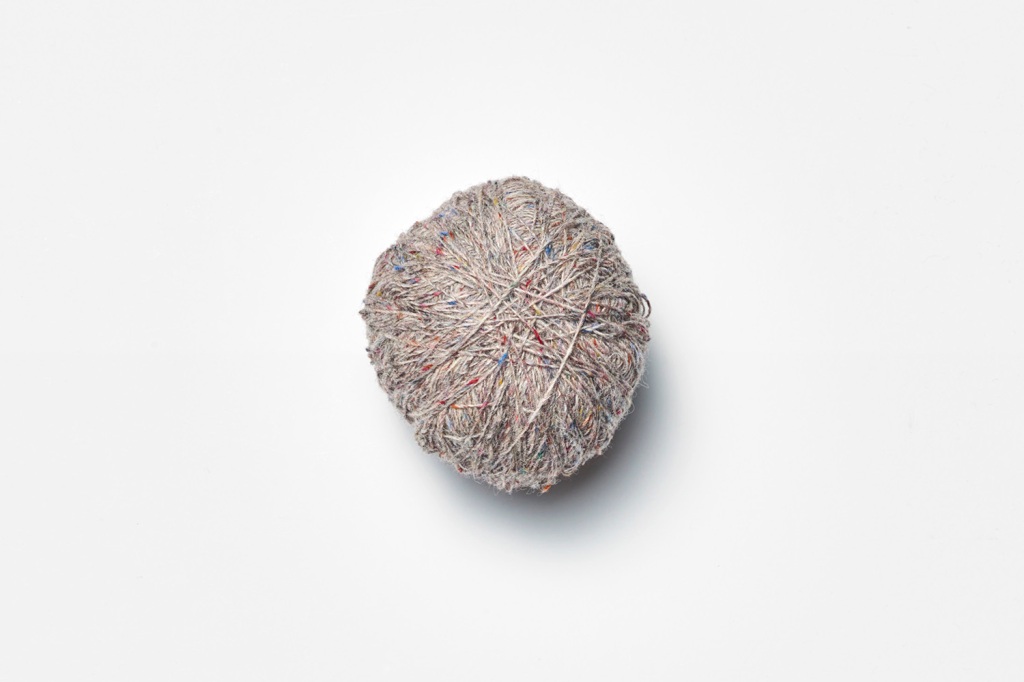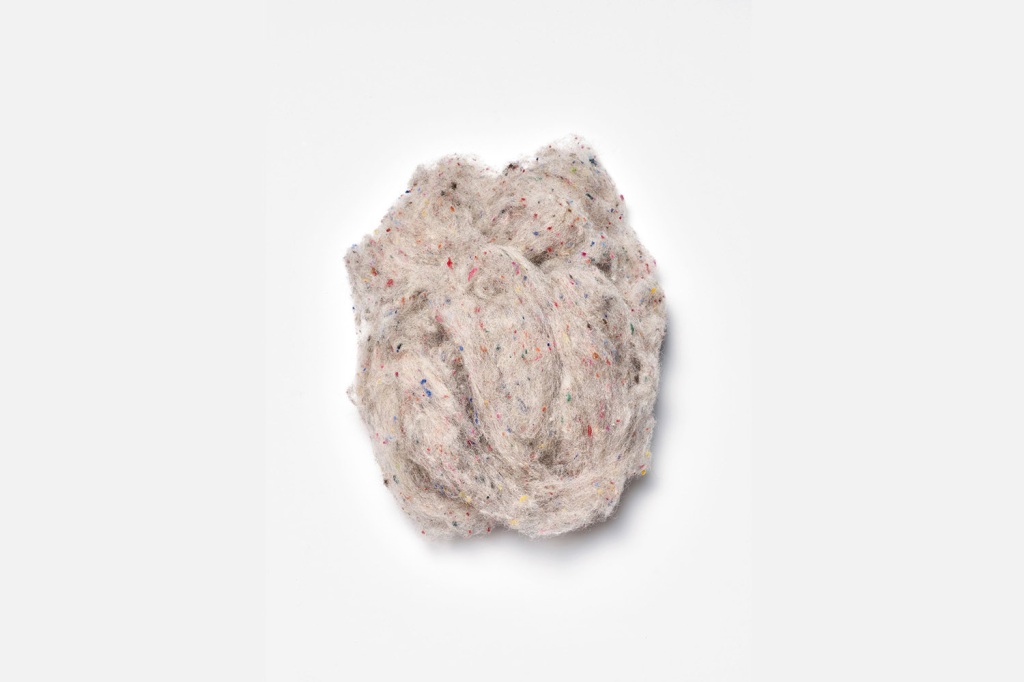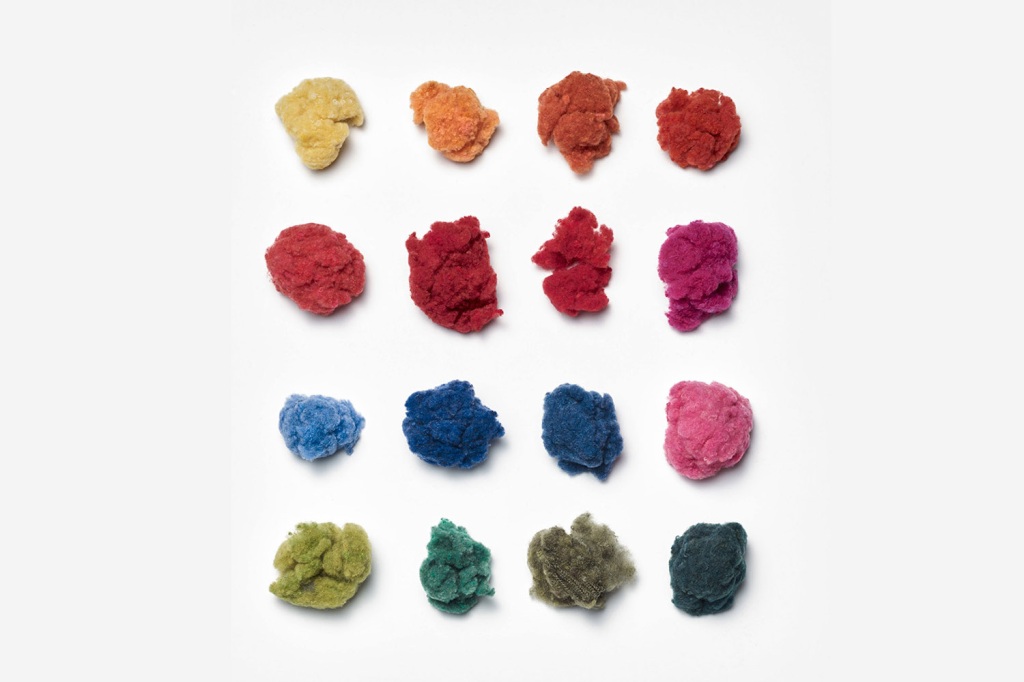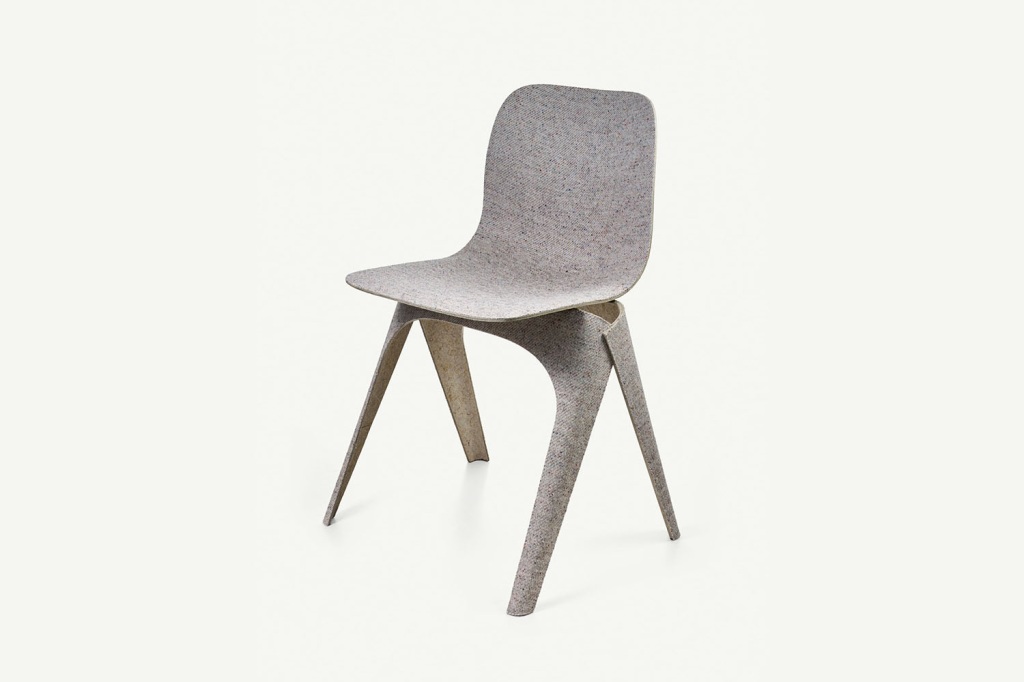I always considered Textiles as a very organic field. The main reason for this thought was the way I was trained as a textile designer. My alma mater believed in being true to mother earth, close to nature, and doing things by hand. Our teachings revolved around and mostly concentrated on natural materials, natural dyes, organic process, handwoven fabrics, hand embroideries, screen printing, block-printing, even sketching, and designing on paper by hand. For us at that time technology was simply a tool to support and speed up our processes was not looked upon very kindly. My alma mater was and to some extent still is a major advocate of everything analogous.
To be very honest the feel of the natural, organic handmade fabric/textiles is very different from the machine-mass produced ones. Handmade gives it a unique character that is lost in the mass-produced cookie-cutter designs and pieces. And for the longest time that is how I associated technology in relation to textiles. That it can only be used to create similar products at a much faster speed and cheaper rates. That is how it has been used even.
But my perspective was changed very recently thanks to our Tool and Technology in Art Education Instructor when he introduced us to artists and designers who use technology in their art or design practice. Here I saw a couple of Textile and Fashion designers who use technology to enhance their unique designs.
These artists and designers are amalgamating textiles and technology to look at new solutions. Creating Hybrids that work as solutions to problems.
One such designer is Christien Meindertsma Her projects are mainly research-based where she is investigating technology and textiles. One such project was Fibre Market where she worked with a fibre sorting machine developed by Wieland Textiles and Valvan Baling Systems.

The machine was able to sort hundreds of sweaters based on the composition of the wool used to knit the sweater. This type of machine can be very useful when it comes to sorting fabric and old garments for recycling purposes as different materials are recycled differently. For this project, she used 1000 different sweaters and sorted them into different woolen piles.

The second step of this project was Fibre Market Donegal Tweed where she reused the fibre obtained from recycling these sweaters and tried to recreate them into Donegal Tweed. The yarn was spun in the Donegal Yarn the last industrial Donegal yarn spinning mill in the area, and the tweed was woven by the 4th generation of traditional Tweed weavers. Tweed was made for upholstery fabric so, in essence, the wool journeyed from being apparel to home textile. She recycled not just the form but the function of the material as well.
Another one of her projects was the Flax Project. Flax is a sustainable natural fibre that is mainly used to produce Linen fabric. Meindertsma became part of this ongoing project in 2012. The main aim of this project was to see whether flax that was being exported out of the Netherlands to China can once again become a local commodity. She documented the entire process from the sowing of the seed to the harvesting of the flax, to spinning the yarn and weaving with the yarn to create tea towels and other products.
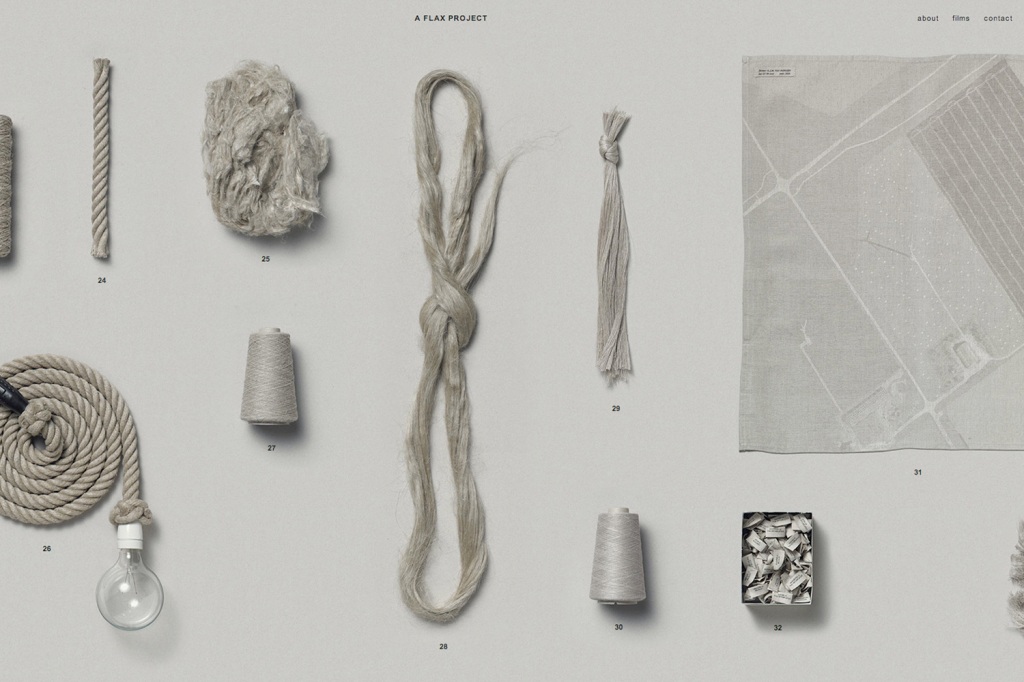
Meindertsma’s other interesting projects are The No-Worry Doll, Acoustics Fur, and One Sheep Sweater.
Another example is Hussein Chalayan. He combines everything from architecture, to geometry to robotics, to furniture in his garments. His pieces are truly a work of art. Innovative and thought-provoking. What he creates is hybrid in a true form combining the attributes of both the parent piece and the alien object. HIs dresses combine with furniture pieces to make wearable furniture, they change form at one tug and incorporate. robotics to change form.
As an example, I am sharing his Airmail dress which he also talks about in the above video. Here he combined fashion with a snail mail envelope to be more precise. The dress looks like an envelope that unfolds into a wearable dress. The wearer can infuse it with perfume or write on it, if nothing else it will have the memory of the wearer embedded in it. once taken off the dress can be refolded into an envelope addressed and mailed to the recipient. Hence literally bringing a piece of the wearer to the recipient.
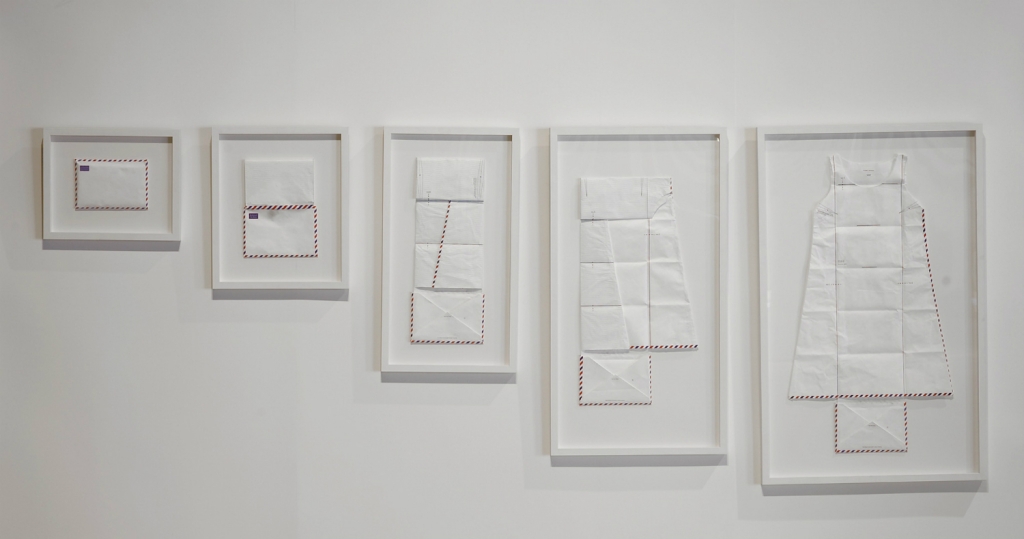
All these projects made me realize that it depends on us humans how we use technology to our advantage. If used properly and with a positive mindset it can create innovative products and systems that work for our benefit.
PhotoCredits: Christein Meindertsma, Hussain Chalayan,
Video Credits: TedTalks via Youtube

